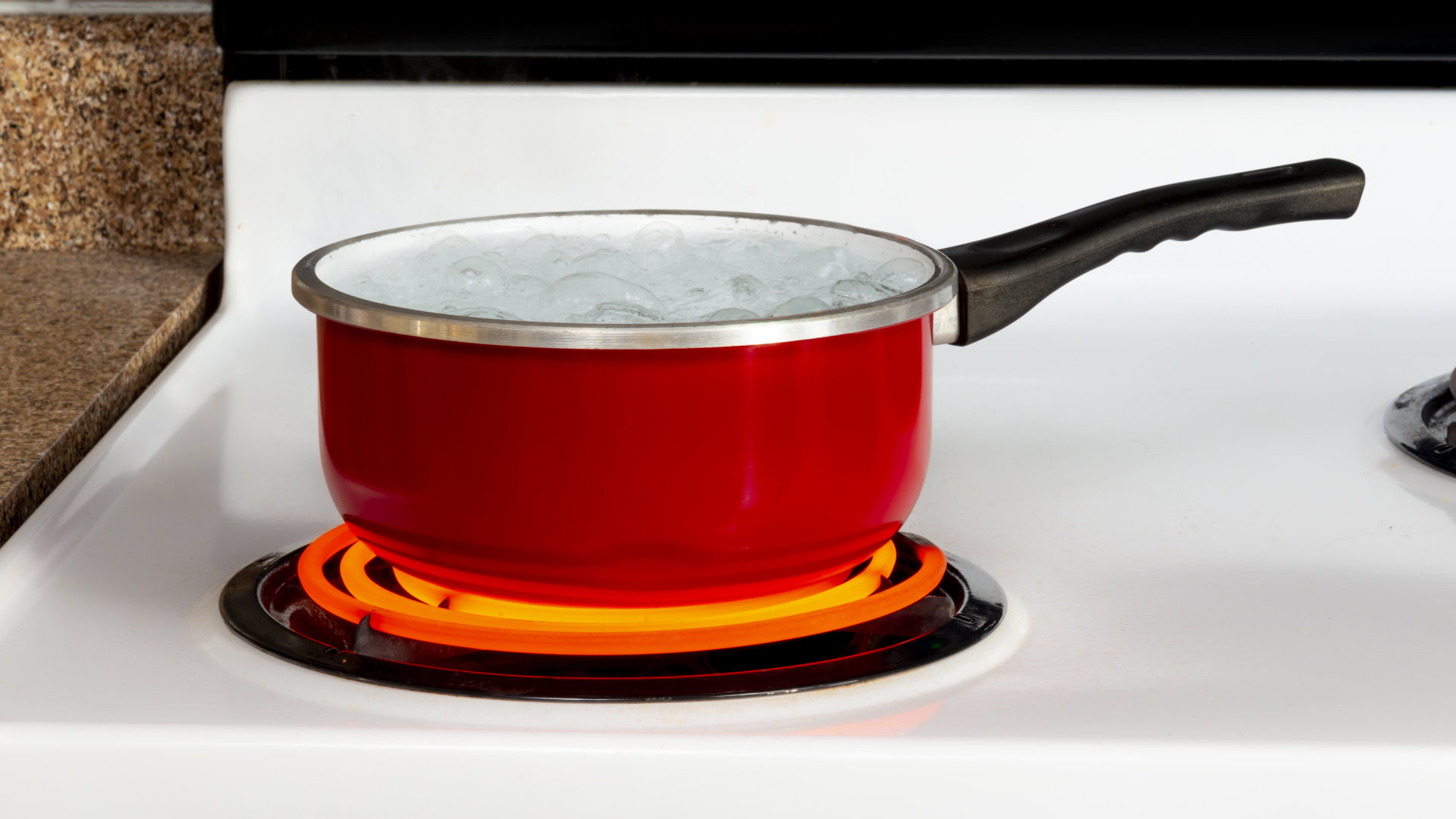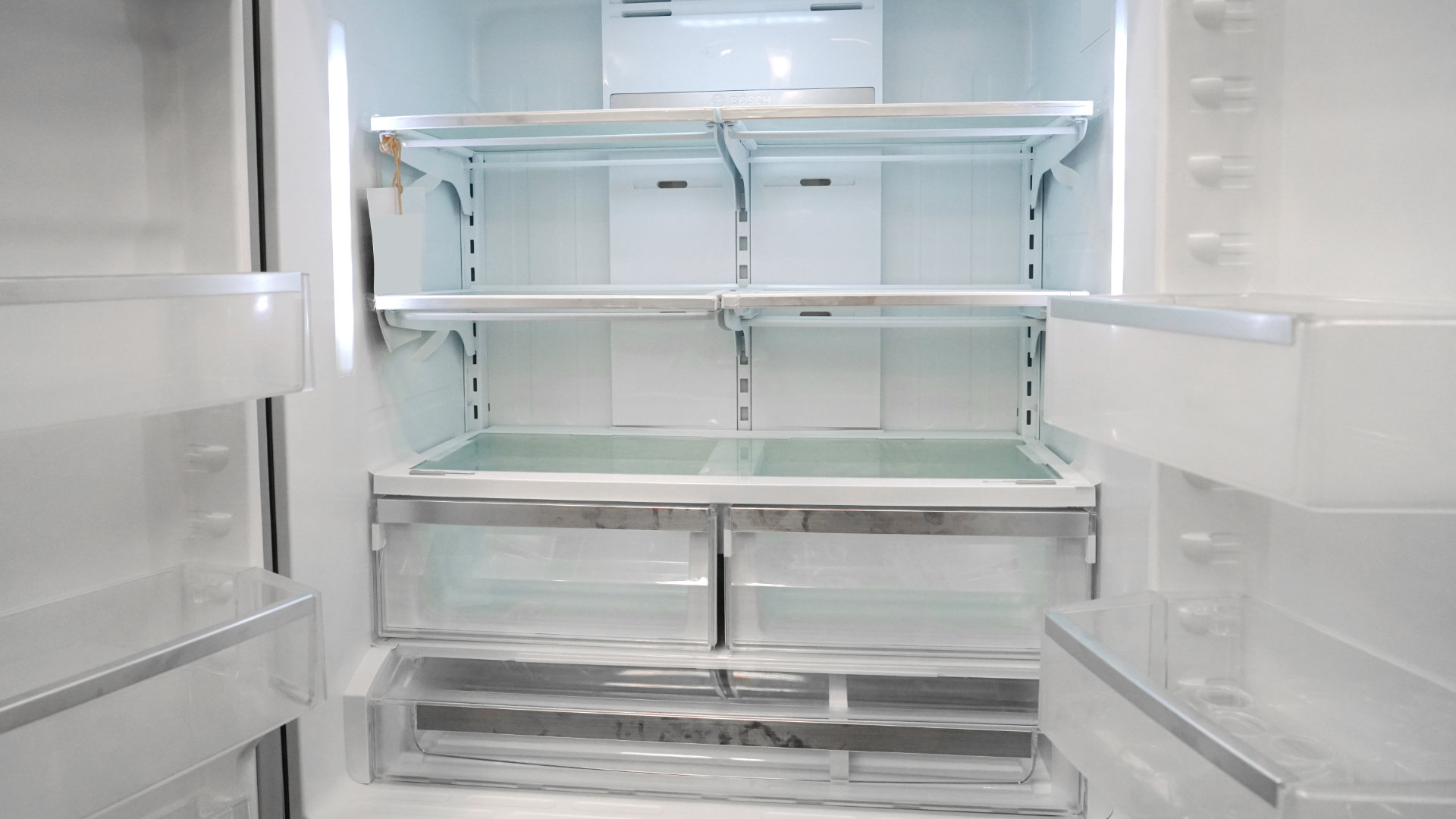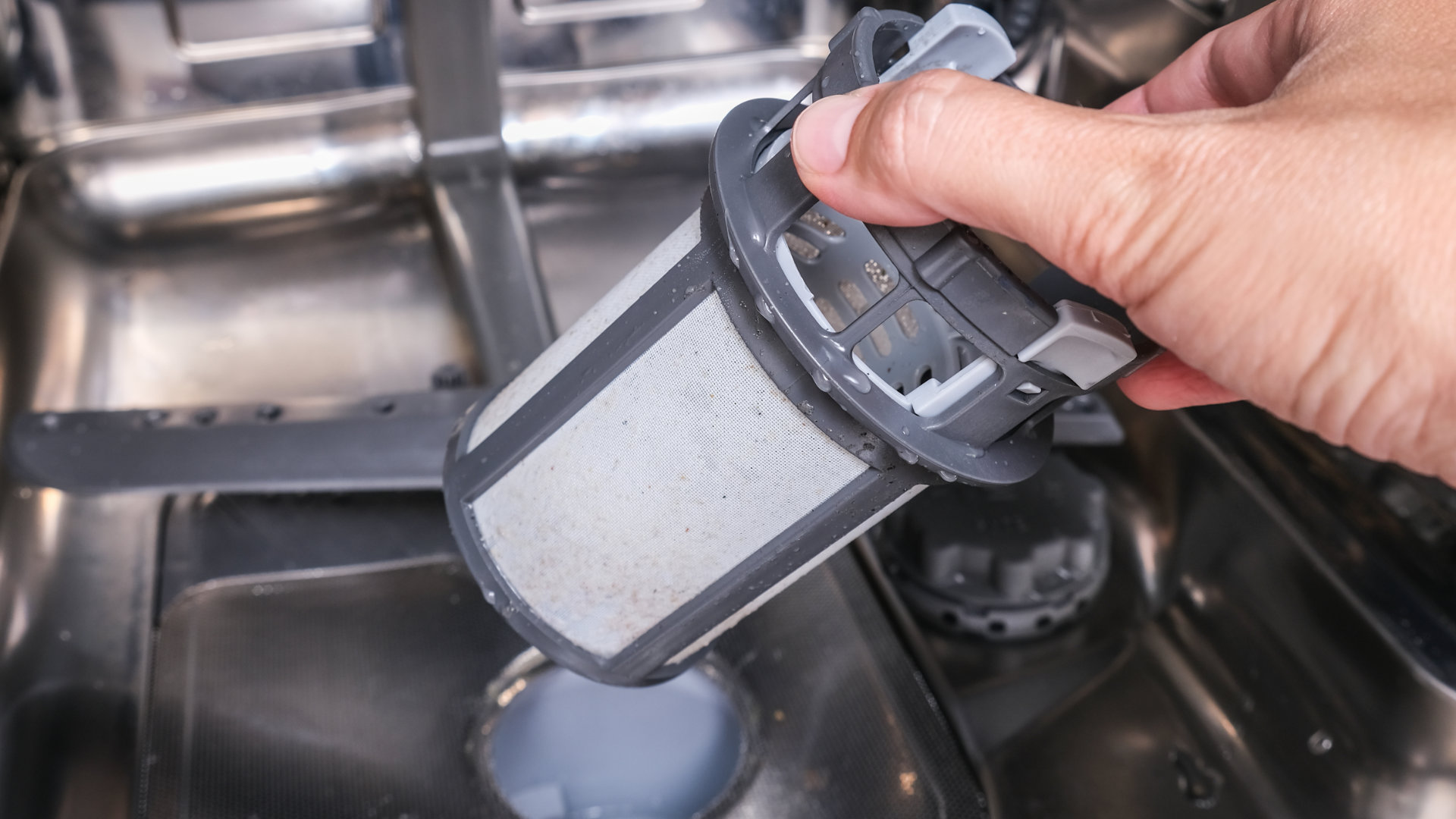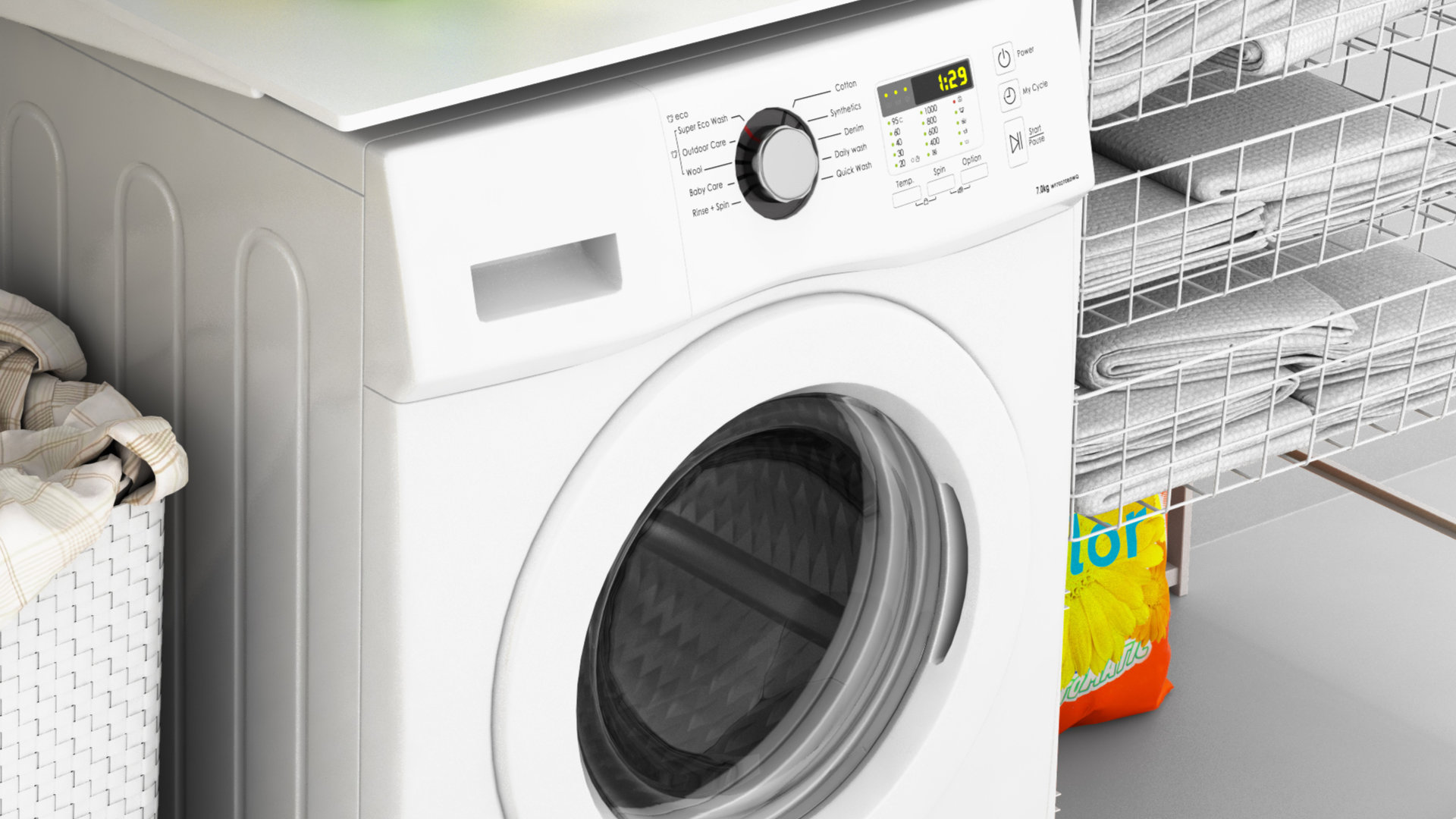
Your electric stove in an essential element of your house. Did you know that in many states, it’s illegal to rent a home without a working stove? A stove is considered necessary for daily health and happiness, whether or not you’re an enthusiastic cook. The array of burners is also essential, especially the largest burner and the burners toward the front.
If one or more of your burners stops working, you don’t need to panic or call for repairs right away. There are several things you can do to troubleshoot and possibly very quickly repair your stove. All you need is to understand how burners and sockets work and how a few small adjustments can repair a currently non-functional burner connection.
1) Remove and Re-install the Burner
The first and easiest thing to do is simply reestablish the burner and socket connection. Burners can wiggle loose just like a power plug in the wall, a loose connection can become no-connection even if it’s not immediately visible to the naked eye. You don’t have to break out a magnifying glass. Just grab your burner and yank it firmly out of the socket. Then, just as firmly, align the terminals and push it back into the socket.
As you might have guessed, what this does is re-establish a secure connection between the burner terminals and the stove socket. If your burner was loose, you just fixed the problem. Switch that burner on and wait to see if the coils warm up.
2) Clean the Burner & Socket
The next troubleshooting step is to get everything clean. Burners tend to hide grime in the texture and color, but they do need cleaning from time to time. If enough food material drips down onto your burner, it can run down the coils and onto the terminals. If your terminals get coated, then they will be unable to make a secure electrical connection. If your terminals can’t make a connection to the socket, your burner will not turn on.
So pull the burner and give it a thorough scrub, paying special attention to the terminals. Set it aside on a towel and then more carefully clean out the burner socket to ensure the problem is not grime on that end.
Dry your burner and the socket, then firmly reunite them and turn on the stove. Discover if this quick cleaning and re-securing did the trick and if those coils glow.
3) Widen the Burner Terminals
Feel how the burner terminals sit in the socket. Does it feel loose? If so, your terminals may have been slightly bent inward, which creates too much space on either side of the terminal inside the socket. This can lead to a loose connection and, worse, a burner prone to shaking loose even if you recently put it firmly back into place.
The solution is something you can do by hand. Carefully pull the two terminals away from each other, so they are very slightly further apart. You’ve probably done this trick with a power plug in the past. Now push the terminals back home. You may notice that they fit tighter because the terminals now take up the proper amount of space inside the socket.
4) Swap the Burner into Another Socket
At this point, you’ve got to wonder whether it’s the burner or the socket. When all connection-improving efforts have failed, try switching it up. Try out the current burner in a new socket. This will tell you if the burner is the one at fault. Grab a burner from another socket that is about the same size. Then fit the original burner into the new space and turn it on.
If the iron glows red, then your burner still works and the problem is with the socket. If the burner doesn’t glow (and the previous burner worked fine in that socket) then you’ll need a replacement burner instead.
5) Try a New Burner with the Current Socket
Now test the socket. Take that spare burner you just pulled and stick it into your questionable socket. Switch on the power and see if the burner glows. This will tell you if the socket is the problem with the connection.
If the new burner in the old socket glows red, then the socket is working just fine. If the burner does not glow, then the socket is at fault. And if both burners work swapped, then don’t even worry because you just fixed your stove. Maybe the burner and socket no longer work together, but if they work separately then your stove is back in working order.
6) Replace the Burner
So if you determined that the problem is with one burner that no longer responds to a good socket, you’ll need to replace it. This is the single easiest part replacement in the appliance repair business. In fact, the most difficult part will be ordering the right replacement burner. Measure the burner to get the right diameter size, then make sure the burner you order will fit with the make and model of your stove. That said, you do not need a stove-brand-replacement burner, most burners are about the same.
When the new burner arrives, unwrap all the packaging and then just slot it right in. You’ll be cooking again in minutes.
7) Replace the Burner Socket
The flip-side of the easy burner replacement is the socket replacement. Not an especially difficult task, but more involved and will require real safety and repair procedures, unlike the burner replacement. If your experiment revealed that no burner works in this socket, but they work in other sockets, then your burner socket likely needs to be replaced.
Order the correct replacement socket and either ask a repair technician or tackle the repair DIY with an online guide. We have many online repair guides to help you get your home appliances back into ship-shape in any situation where you have the right tools and skills for the job. Contact us today if you’d like more repair insights or to schedule a professional to come to take a look at your stove.

How to Reset a Whirlpool Refrigerator Ice Maker

6 Reasons Your LG Refrigerator Is Not Making Ice

Kenmore Fridge Ice Maker Not Working? 5 Ways to Fix It

How to Remove Fish Smell from Your Refrigerator

How To Fix Bosch Dishwasher E24 Error

Troubleshooting a Whirlpool Dishwasher Not Draining

Why Is Your Fridge Water Not Working, but Ice Is?

How to Fix the E15 Bosch Dishwasher Error Code

How Much Power Does a Microwave Use?

How to Properly Clean Refrigerator Coils

How to Fix an LG Washer Showing OE Error Code

Troubleshooting a GE Dishwasher with No Power and No Lights

10 Reasons Why Your Bosch Dishwasher Won’t Start

Troubleshooting the F5 Error Code with a Maytag Washer


